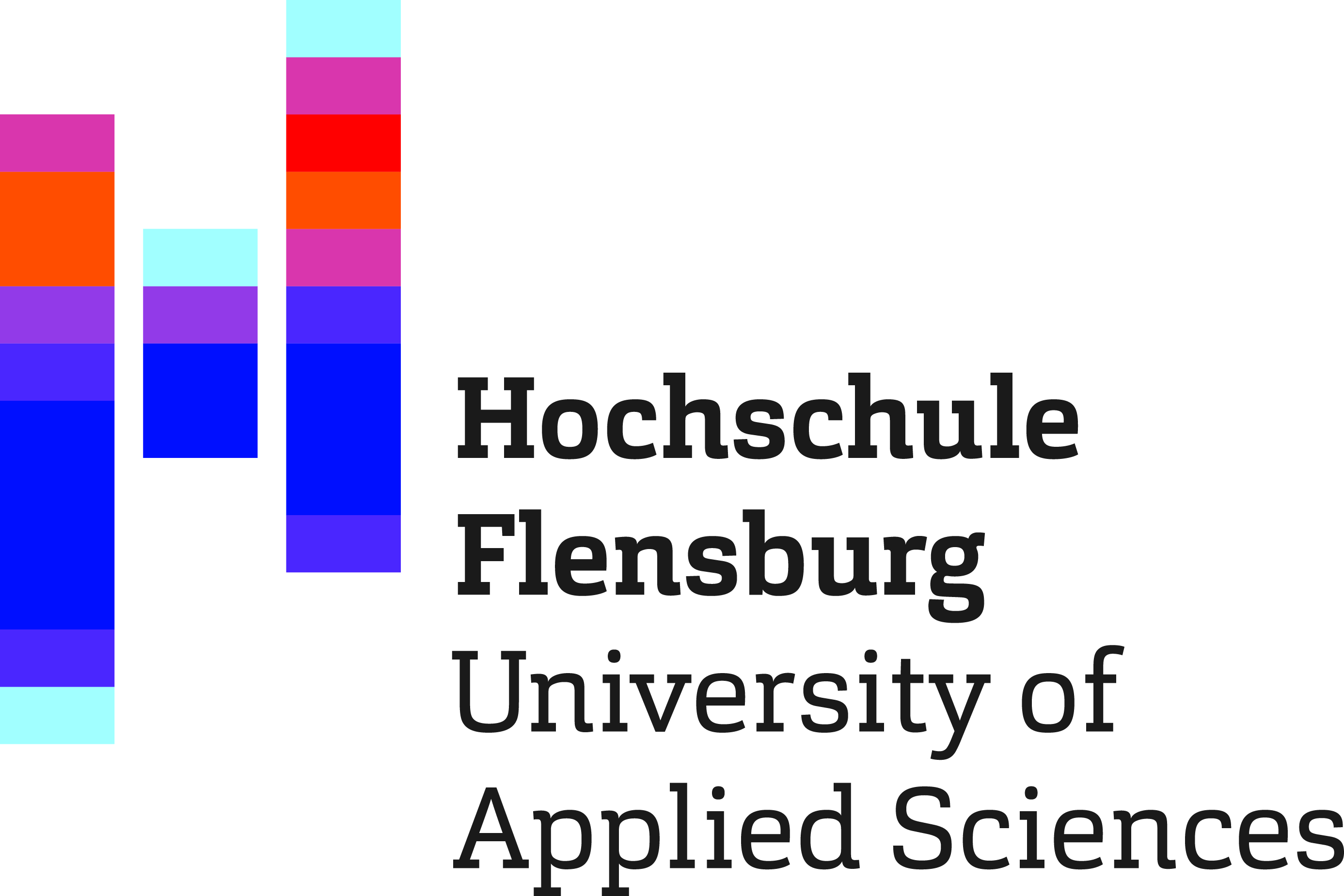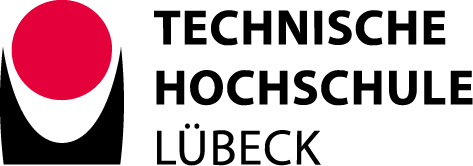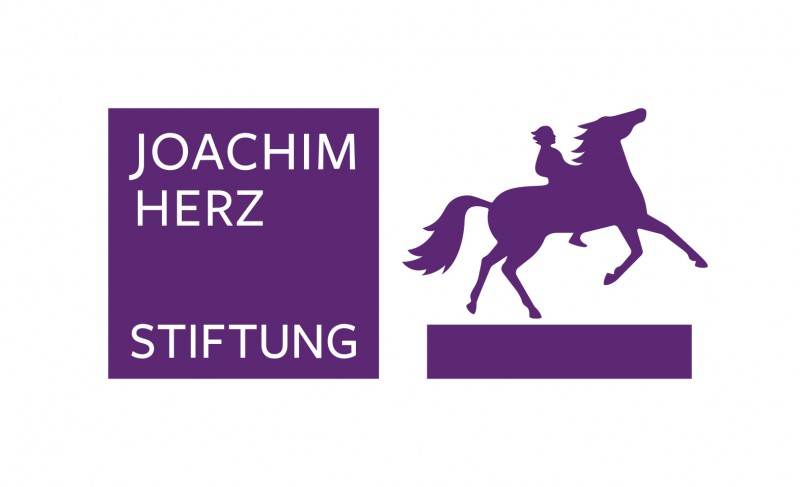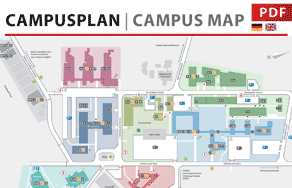PASBADIA
Patient-centric smartphone-based diagnostics with local and central AI platform for primary care in rural areas
| Duration: | 01.10.2019- 30.06.2024 |
| Project Leader: | Prof. Dr.-Ing. Horst Hellbrück |
| Srtaff: | Sebastian Hauschild, M.Sc. |
Background
In the joint PASBADIA a team from the Technische Hochschule Lübeck and the University of Lübeck are currently researching supported patient-oriented diagnostic procedures with local and decentralized AI. In cooperation with engineers, natural scientists and practicing medical specialists, new diagnostic solutions are designed and developed.
In medicine, a fast, patient-side diagnosis is helpful. For example, in monitoring the curative course of patients in rural areas, with restricted mobility, and in poorly accessible or underserved areas, the use of readily available diagnostic devices is a promising approach. Current smartphones are suitable for this task due to their widespread use, built-in sensor technology, and computing capacity, but are applied only occasionally.
The high-quality cameras and light sources (LED-flash) built into smartphones enable the implementation of optical diagnostic solutions in the field of ophthalmic devices, if the corresponding attachments and applications are adapted to the smartphone and measured data can be evaluated on site.
Approach
The Labor for Medical Optics (LMO) develops robust and safe smartphone attachments with a combination of spectral, fluorescence, or polarization-based methods in order to generate and analyse raw diagnostic data from, for example, the ocular fundus.
The efficient data-based evaluation of these raw data with modern methods of statistical learning theory, in the field of probabilistic graphical models and efficient Gaussian process analysis with the integration of prior knowledge as well as stochastic uncertainty information is researched by the Institute of Electrical Engineering in Medicine (IME).
At the Institute of Family Medicine (IfA), the needs in the field of ophthalmology are assessed by targeted analysis of processes in primary care and exploration of the determinants for successful implementation of the technical applications to be developed in everyday care.
The task of this interdisciplinary cooperation is summarized in the following central question:
"How efficiently can an AI-based diagnostic tool attached to a smartphone support a general practitioner in carrying out the ophthalmological diagnostics required in (basic) care close to the patient's home (and thus relieve the ophthalmologist of the burden of specialist physicians in the active area)?"
Publications
Latency and Energy Consumption of Convolutional Neural Network Models from IoT Edge Perspective
Hauschild, S. and Hellbrück, H. (2022). Latency and Energy Consumption of Convolutional Neural Network Models from IoT Edge Perspective. Chapter in Internet of Things. Springer International Publishing. pp. 385–396. https://doi.org/10.1007/978-3-031-20936-9_31
Source Code: https://cloud.th-luebeck.de/index.php/s/CPPHDHCt7DEzWH7
Sind portable intelligente Geräte für die Diagnostik in der Hausarztpraxis geeignet?
Hauschild, S. and Hellbrück, H. (2021). Sind portable intelligente Geräte für die Diagnostik in der Hausarztpraxis geeignet?. Deutsche Gesellschaft für Allgemeinmedizin und Familienmedizin. 55. Kongress für Allgemeinmedizin und Familienmedizin. German Medical Science GMS Publishing House. https://doi.org/10.3205/21degam204
Interoperabilität, technische Schnittstellen…?
Wewetzer, L., Hauschild, S., Blickle, P., Hellbrück, H. and Steinhäuser, J. (2021). Interoperabilität, technische Schnittstellen…? Ein Beitrag zum Verständnis von Praxisinformationssystemen. Zeitschrift für Allgemeinmedizin.Vol. 11 p. 464-470
Project partner | Founded by | |
Hanse Innovation Campus Lübeck |
| |
TANDEM, Kompetenzzentrum für Medizintechnik
| ||
Universität zu Lübeck, COPICOH
|




